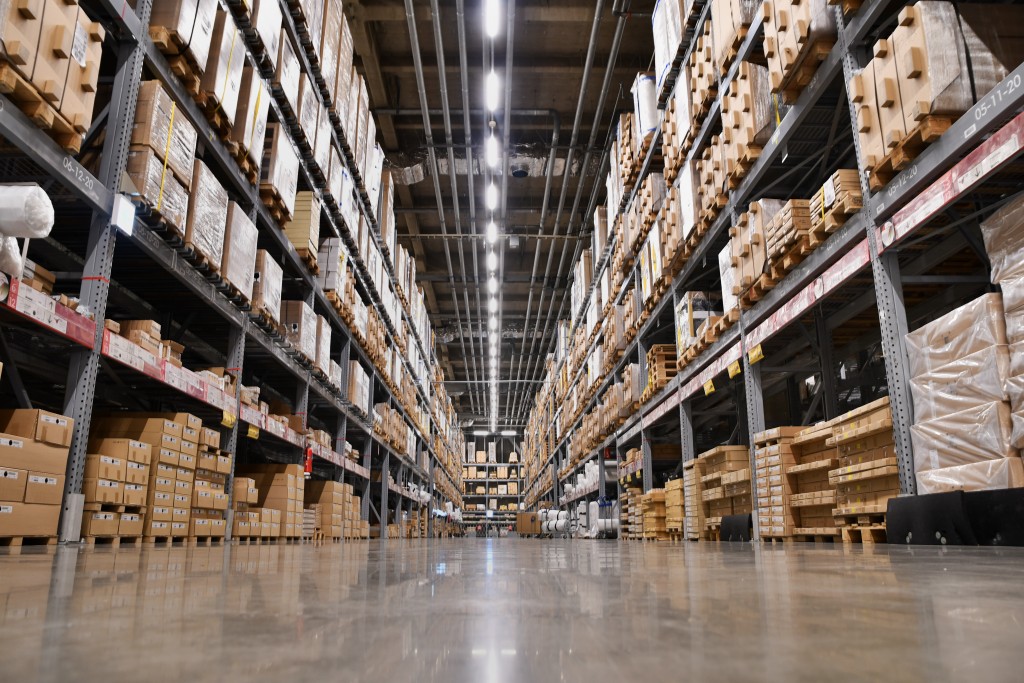The industry of inventory and logistics has come a long way. Decades ago, the only controls for inventory were the batch and the date of deliveries. Then, forecasting was based on the previous year’s demand. Whether in terms of sales or internal use, supplies were all put in a warehouse, and there was a cursory spreadsheet of their location.
This system worked (and still works) fine for most non-perishable items. It also works for some viscous materials. However, since the items are usually ordered months in advance, the inventory sits stagnant until they are called into use or delivered to retailers or customers.
Inventory Controls
Today’s logistics planning is more sophisticated. It uses various planning and ordering systems, which are closely tied with actual use. The new systems help make sure that supplies do not stay in the warehouse too long.
With these inventory controls, there is almost no need for a large warehouse. The onsite storage areas are adequate for normal needs. Any supply or equipment is ordered from a supplier with just a few days to spare. With practically no inventory to speak of, there is also no associated warehousing cost.
For perishable goods, there is also the need to keep them fresh in refrigerated vans or frozen storage. This is an additional cost of keeping inventory. Tight inventory controls are needed to ensure that these goods are still fresh when they are needed.
For viscous liquids, meanwhile, there is the danger of them drying out or cooling down and then hardening inside the containers. Usually, these are metal drums designed for corrosive or hazardous materials. Special care should be taken for these liquids. It is necessary to wrap these with drum heaters to keep them in liquid form.
An example of these supplies is tar, which can solidify inside the container. When that happens, it would be hard to get the tar out of the drum. Keeping it warm and liquid is an economical and cost-effective solution.
Safety First

With heated drums, there is always the question of safety. The heating equipment requires constant power as well as monitoring. The equipment has to have a constant temperature, and must also check that the liquid does not overheat. There are some chemicals that can burn or explode when overheated.
Additionally, the drums have to be kept separate from other items in the warehouse. Otherwise, the heat may affect the products in storage. Safety considerations are a priority for warehouse items that require heating.
For warehouses, storage safety is a priority. The staff should be trained for safety in the workplace. A communication plan should also be in place, which includes training on the proper handling of chemical hazards. An accident in this kind of workplace can escalate and damage other supplies, or worse, lead to fire and structural damage.
Modern logistics and inventory control not only maps product locations but also optimizes the placement for easy retrieval. Also, safety considerations are included as conditions for inventory placement. Those that require heating are placed in a separate area, in the same manner that items needed first are placed in more accessible areas.

